Australia is in a great position when it comes to the way we have managed COVID 19, we’re definitely the envy of the world. Being in IT we adopted remote and flexible working well prior to COVID-19’s appearance, so the shift for us was relatively easy. But for some organisations who had not embraced remote working, it was far more challenging.
As we seem to be nearing the other end of the pandemic with vaccines being rolled out, we are having many discussions about “the return to the office.” Its quite topical right now, and as society is getting back to some normality, does your organisation have a mandate to have people return to the office? Over the last fortnight I have spoken to 5 of our largest customers and the appetite for people to return to the office is slower than they would have expected or hoped for.
But is it a bad thing? What’s the motivation behind it? Some customers say that it’s a productivity issue. Others have suggested that culture is difficult to maintain whilst the workforce is spread out.
The “Return to Office” Plans
I will tell you what some of them have done. Please note that this is me sharing, and bear in mind that what may work for one organisation may not work for another.
- One organisation has created a policy document that suggests 2 days at home and 3 days in the office
- Another organisation has released a policy that suggests all staff must return to the office
- And yet another organisation is allowing staff to work from wherever they prefer, with a “handshake” agreement of “make your way in to the office 1-2 days per week.”
IComm’s Return to Office “Plan”
In our business we have not seen any evidence that productivity has taken a hit whilst people have been working remote. Have we had to change the way we manage? Absolutely.
What does that look like?
- Short, sharp stand-up meetings
- More regular one-on-ones
- Incorporating breaks, flexibility, and the ability to run personal errands
- More wellness and wellbeing sessions and discussions
Even if we mandated people to be in the office full time – which we would not do – the above 4 items would remain in place because as result of these, our culture is better than it has ever been.
The Biggest Challenge IComm has Seen
The biggest challenge has been new staff. It’s a question that every candidate asks, ”tell me about the culture?” Whilst embedding a new person into a pre-existing culture remotely comes with its challenges, it’s not impossible. We have managed to do it by exercising the points above, and continuing our process during a new employee’s first month of one-on-one get-to-know-you catch ups with as many of their new team members as they can. Not only do they get to know everyone, but it also allows them to learn more about our business, and who does what.
In the end, the reality is that some people prefer working in the office full time, others a balanced approach, and still others prefer working from home full time.
My Recommendation
I say, aim for a balanced model. Option 3, Allow staff to work from where they prefer, with a “handshake” agreement of make your way in to the office 1-2 days per week is what we are practicing today. Is everyone happy with it? I would say that for the most part, yes, which suits me. A compromise of this nature will not give you a satisfaction rating of 100%, because realistically, what suits one will not suit another. As part of your communications, you must reiterate that culture is important, and to maintain a culture, a balanced approach is a good thing.
Here are some things that you might assist you with your balanced approach to a post-COVID return to the office:
- Over communicate
- Communicate via different channels
- Reach out to staff individually and frequently
- Check in for no good reason
- Ensure you are communicating that balance is healthy
- Listen to others who may be better placed/positioned
- Find reasons to get all staff into the office
- We are celebrating the ease of restrictions with a Food Truck as well as an “all-in company update.”
- Continue with those short, sharp meetings
- Schedule regular one-on-ones
- Encourage flexibility
- Education around wellbeing is good practice so continue with this
- Allow people to leave early, or come in later where, and if the job role permits, staff are able to miss the traffic.
Good luck with your post-COVID return to the office, however that may look for your organisation. We hope that you’ve learned from the previous 12 months that flexible working can be a great benefit to many employees, and in turn, your business as well.
As usual, if you have any questions, reach out, I’d love to have a chat with you.
To embracing change,
Age

 Back
Back
